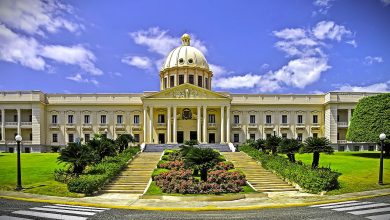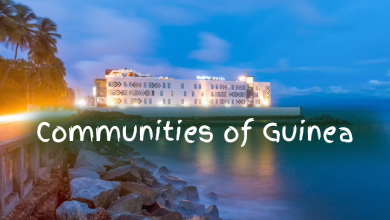Communities of Australia: Discover Diverse Cultures and Traditions
Australia is a land of diverse communities. Each community brings its own unique culture. This makes Australia a rich and vibrant country.

Credit: eos.org
Aboriginal Communities
Aboriginal communities are the original inhabitants of Australia. They have lived here for thousands of years. Their culture is rich and ancient.
Dreamtime Stories
Aboriginal people have stories called Dreamtime stories. These stories explain the creation of the world. They teach important lessons about life.
Art And Music
Aboriginal art and music are famous worldwide. They use dot painting and bark painting. Their music includes instruments like the didgeridoo.
Traditional Dance
Traditional dance is an important part of Aboriginal culture. These dances tell stories and celebrate their heritage. They perform these dances at ceremonies and festivals.
Immigrant Communities
Australia has many immigrant communities. People from different countries have come to live here. They bring their own traditions and customs.
Chinese Community
The Chinese community is one of the largest in Australia. They celebrate festivals like Chinese New Year. They also have traditional foods and dances.
Italian Community
The Italian community has also made a big impact. They celebrate festivals like Carnevale. They are famous for their delicious food like pasta and pizza.
Indian Community
The Indian community is growing in Australia. They celebrate festivals like Diwali and Holi. They bring vibrant colors and spices to Australian life.
Rural Communities
Rural communities live in the countryside. They often work in farming and agriculture. These communities have a close-knit and friendly atmosphere.
Farming Life
Farming is a big part of rural life. Farmers grow crops and raise animals. They provide food for the whole country.
Community Events
Rural communities often have community events. These include fairs, markets, and sports days. They bring people together and build strong bonds.

Credit: www.amazon.com
Coastal Communities
Coastal communities live by the sea. They enjoy activities like surfing and fishing. The ocean is a big part of their lives.
Beach Culture
Beach culture is very important in coastal communities. People spend a lot of time at the beach. They swim, surf, and play beach sports.
Fishing Traditions
Fishing is a common activity in coastal areas. People fish for fun and for food. It is a tradition passed down through generations.
Seafood Cuisine
Seafood is a big part of coastal cuisine. People enjoy fresh fish, prawns, and oysters. Seafood festivals are popular events in these communities.
Urban Communities
Urban communities live in cities. They have a fast-paced and modern lifestyle. Cities are home to many different cultures and industries.
Skyscrapers And Landmarks
Cities have tall skyscrapers and famous landmarks. These include the Sydney Opera House and Melbourne’s Federation Square. They are symbols of urban life.
Public Transport
Public transport is important in urban areas. People use buses, trains, and trams to get around. It helps reduce traffic and pollution.
Cultural Diversity
Urban communities are very diverse. People from all over the world live in cities. This makes them vibrant and multicultural.
Frequently Asked Questions
What Are The Main Communities In Australia?
Australia is home to diverse communities, including Indigenous Australians, immigrants, and multicultural groups.
How Many Indigenous Communities Exist In Australia?
Australia has over 500 Indigenous communities, each with its unique language and culture.
What Is The Most Multicultural City In Australia?
Sydney is considered the most multicultural city, hosting a variety of ethnic groups.
How Do Australian Communities Celebrate Diversity?
Communities celebrate diversity through festivals, cultural events, and public holidays, showcasing various traditions.
Conclusion
Australia is home to many different communities. Each one adds to the country’s rich tapestry. Learn more about different communities at www.ccnworlds.com/category/world-community.




